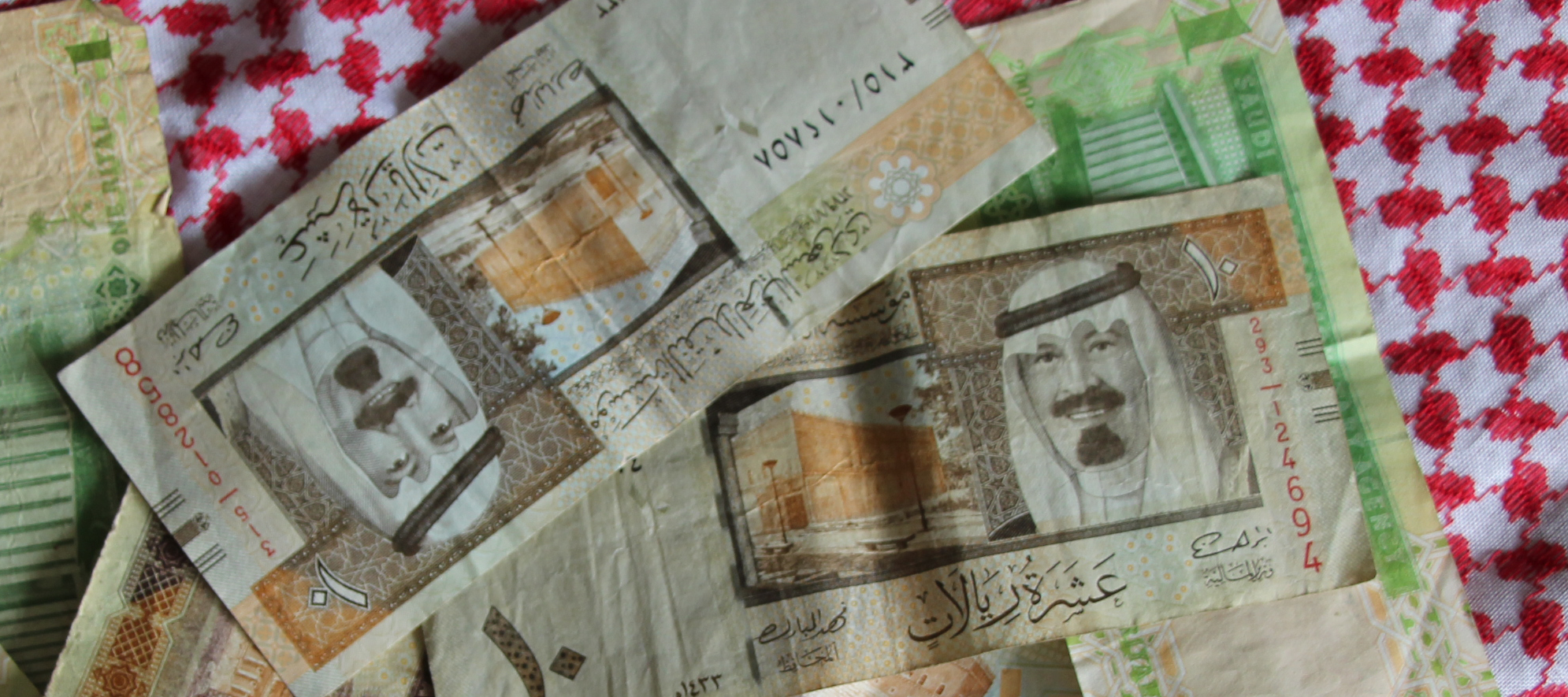Central bank data released on Monday shows Saudi consumers withdrew and spent less money in February and a key money supply metric “shrank for the first time since at least 2000,” according to Bloomberg.
M3 dropped 0.9 percent from a year earlier last month. According to Reuters, narrower money supply measures M1 and M2 also shrank. “M1, which includes currency in circulation and demand deposits but excludes less liquid assets such as savings and time deposits, contracted a hefty 5.1 percent.”
Net foreign assets also fell since January, the previous month. According to Reuters, Net foreign assets at Saudi Arabia’s central bank dropped 1.7 percent to 2.19 trillion riyals ($584 billion) in February.
“Assets fell 17.3 percent from a year earlier to their lowest level since May 2012. They reached a record high of $737 billion in August 2014 before starting to shrink,” Reuters reports.
The disappointing data might continue for Saudi Arabia as oil continues to pinch Saudi fiscal policy. Inflation has also risen in Saudi Arabia recently, and a recent decision to mandate ministerial spending cuts on contracts by “at least 5 percent” in mid-March may further strain consumer activity in Saudi Arabia.









